🧠💊📊
Researchers from the University of Bonn delve into the complex relationship between ketamine and social cognition deficits in schizophrenia, revealing both promising and cautionary insights.
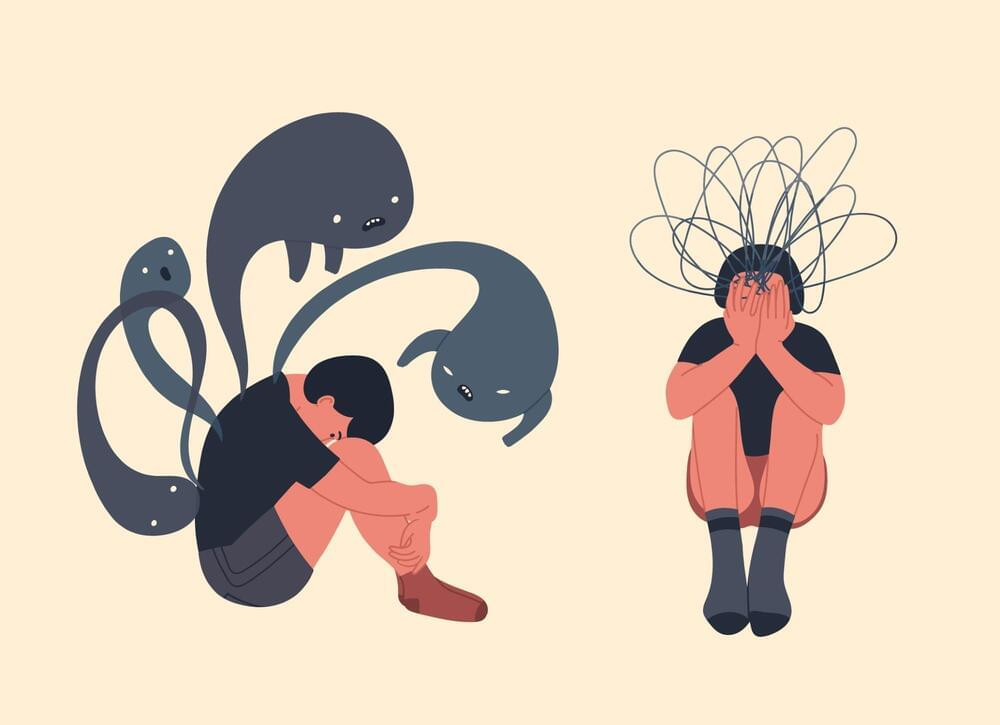
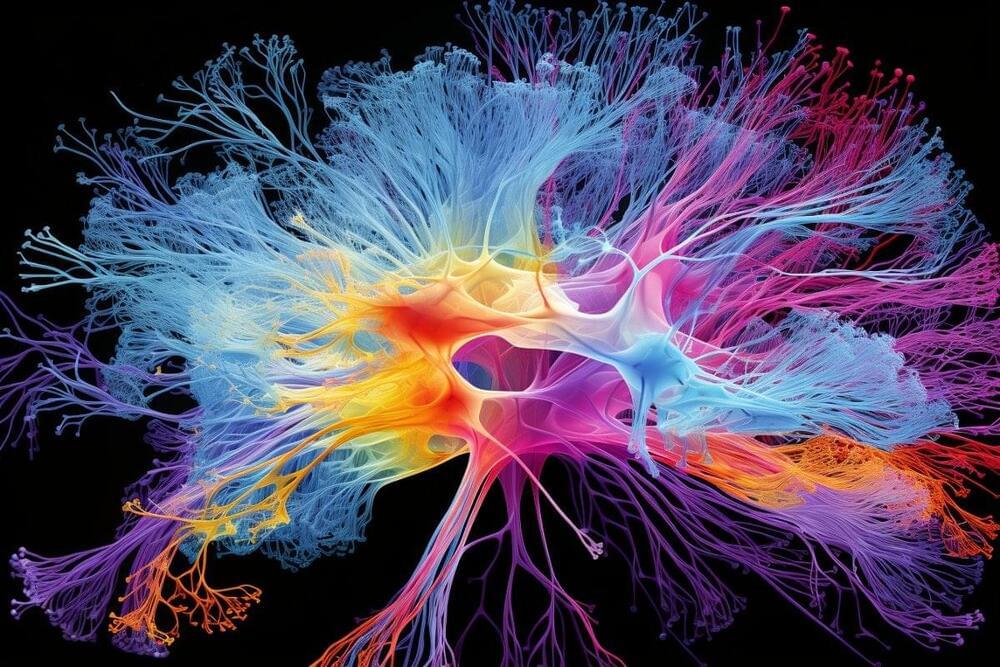
Summary: A groundbreaking suite of 21 papers has unveiled a momentous leap in our understanding of the brain, spotlighting the intricate cellular composition of human and primate brains through a consortium led by the BRAIN Initiative.
Utilizing innovative single-cell transcriptomics, researchers illuminated a stunning array of over 3,000 different brain cells and their distinctive functionalities. This extensive research not only dives into the distinctiveness of the human brain but also pioneers a suite of scalable techniques that offer an unparalleled, detailed organization view of the brain.
This pivotal moment in neuroscience sets a promising stage for the next phase in cellular census efforts, propelling towards a more profound understanding of the brain’s complexity and functionality.
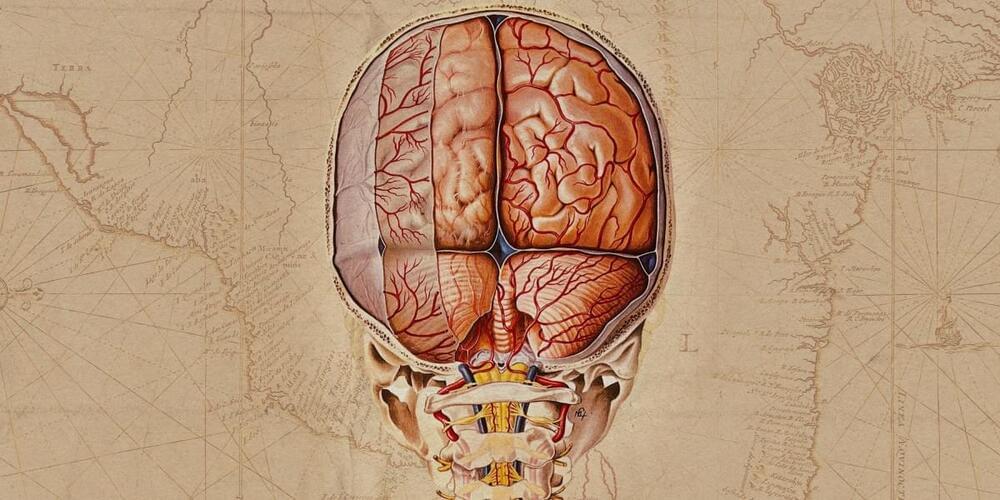
So many ways. But one crucial use is to help understand the basis of brain diseases. A reference human brain atlas that describes a normal or neurotypical brain could help researchers understand depression or schizophrenia or many other kinds of diseases, Lein says. Take Alzheimer’s as an example. You could apply these same methods to characterize the brains of people with differing levels of severity of Alzheimer’s, and then compare those brain maps with the reference atlas. “And now you can start to ask questions like, ‘Are certain kinds of cells vulnerable in disease, or are certain kinds of cells causal,” Lein says. (He’s part of a team that’s already working on this.) Rather than investigating plaques and tangles, researchers can ask questions about “very specific kinds of neurons that are the real circuit elements that are likely to be perturbed and have functional consequences,” he says.
What’s the next step?
Better resolution. “The next phase is really moving into very comprehensive coverage of the human and non-human primate brain in adults and development.” In fact, that work has already begun with the BRAIN Initiative Cell Atlas Network, a five-year, $500 million project. The aim is to generate a complete reference atlas of cell types in the human brain across the lifespan, and also to map cell interactions that underlie a wide range of brain disorders.

For more than a century, researchers have known that people are generally very good at eyeballing quantities of four or fewer items. But performance at sizing up numbers drops markedly — becoming slower and more prone to error — in the face of larger numbers.
Now scientists have discovered why: the human brain uses one mechanism to assess four or fewer items and a different one for when there are five or more. The findings, obtained by recording the neuron activity of 17 human participants, settle a long-standing debate on how the brain estimates how many objects a person sees. The results were published in Nature Human Behaviour on 2 October.
The finding is relevant to the understanding of the nature of thinking, says psychologist Lisa Feigenson, the co-director of the Johns Hopkins University Laboratory for Child Development in Baltimore, Maryland. “Fundamentally, the question is one of mental architecture: what are the building blocks that give rise to human thought?”
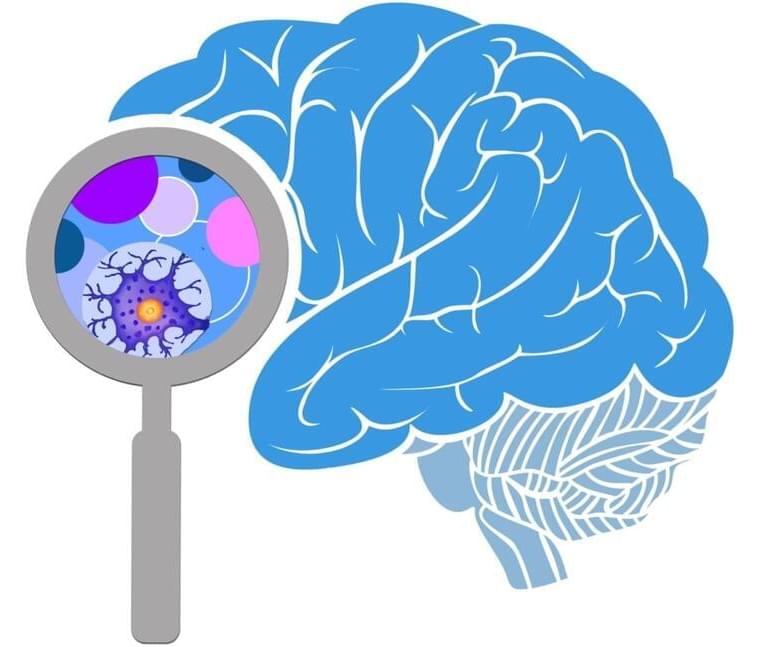
In a tour de force for neuroscience, teams of researchers have published a voluminous set of brain-cell atlases for humans and other primates.
The atlases are detailed in 21 research papers appearing in Science, Science Advances and Science Translational Medicine — and could point scientists toward new strategies for addressing mental conditions ranging from Alzheimer’s disease and schizophrenia to epilepsy and ADHD.
“We need to understand the specifics of the human brain if we hope to understand human diseases,” Ed Lein, a senior investigator at Seattle’s Allen Institute, said in comments provided via video.

The Blue Brain Project introduces a universal workflow for creating and validating neuronal models using open-source tools.
Biophysically detailed neuronal models provide a unique window into the workings of individual neurons. They enable researchers to manipulate neuronal properties systematically and reversibly, something that is often impossible in real-world experiments.
These in silico models have played a pivotal role in advancing our understanding of how neuronal morphology influences excitability and how specific ion currents contribute to cell function. Additionally, they have been instrumental in building neuronal circuits to simulate and study brain activity, offering a glimpse into the complex dance of neurons that underlies our thoughts and actions.
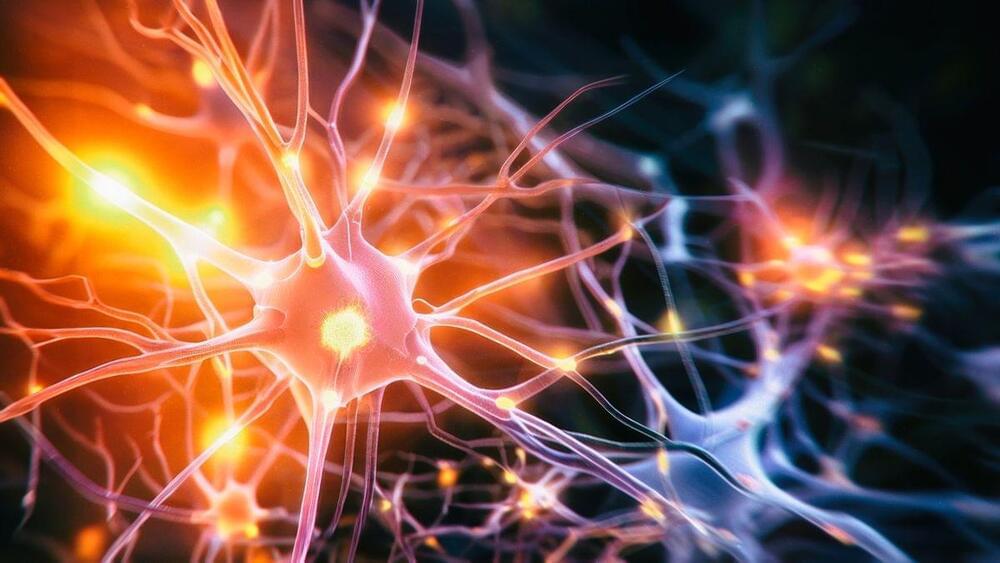
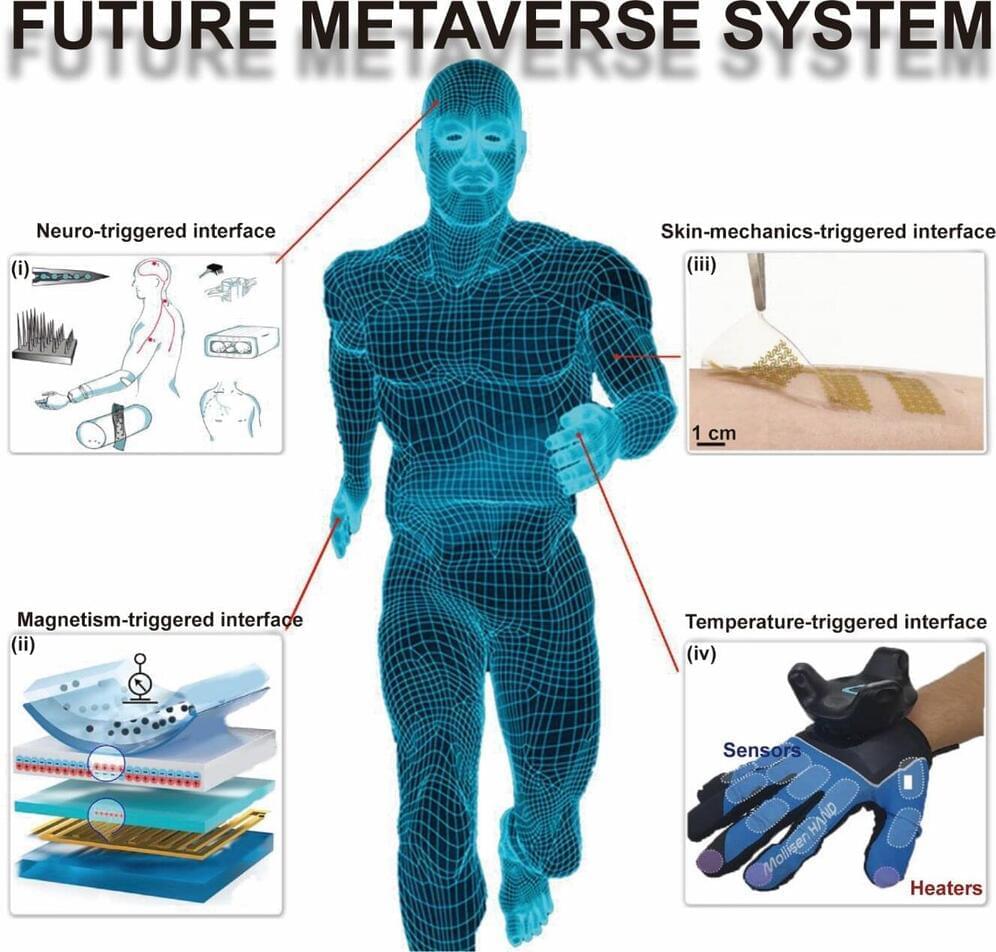
Researchers from Changchun University of Science and Technology (CUST) and City University of Hong Kong (CityU) have conducted a survey on the fabrication of flexible sensors using nanomaterials of different dimensions and the triggering methods of interaction between these sensors and virtual reality applications.
The review, published in the International Journal of Extreme Manufacturing (IJEM), highlights the recent advancements in nanomaterial-based flexible sensors (NMFSs) involving various nanomaterial frameworks such as nanoparticles, nanowires, and nanofilms.
Different triggering mechanisms for interaction between NMFSs and metaverse/virtual reality applications are discussed, e.g., skin-mechanics-triggered, temperature-triggered, magnetically triggered, and neural-triggered interfaces.

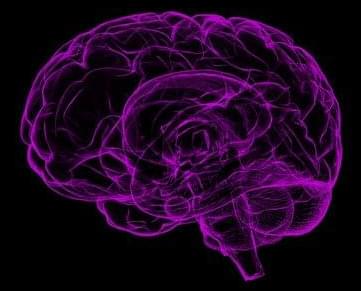
Whether improperly closing a door or shanking a kick in soccer, our brains tell us when we’ve made a mistake because these sounds differ from what we expect to hear. While it’s long been established that our neurons spot these errors, it has been unclear whether there are brain cells that have only one job—to signal when a sound is unexpected or “off.”
A team of New York University neuroscientists has now identified a class of neurons—what it calls “prediction-error neurons”—that are not responsive to sounds in general, but only respond when sounds violate expectations, thereby sending a message that a mistake has been made.
“Brains are remarkable at detecting what’s happening in the world, but they are even better at telling you whether what happened was expected or not,” explains David Schneider, an assistant professor in NYU’s Center for Neural Science and the senior author of the study, which appears in JNeurosci. “We found that there are specific neurons in the brain that don’t tell you what happened, but instead tell you what went wrong.”